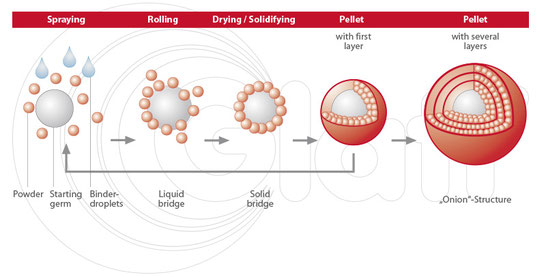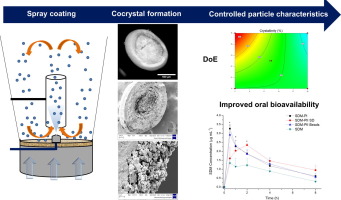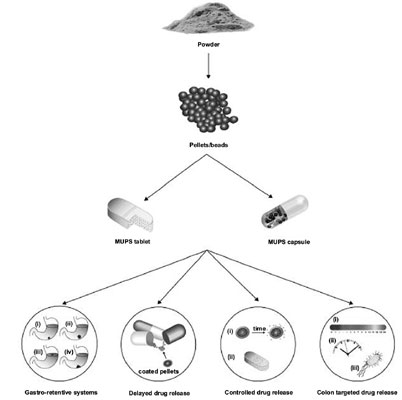- Home
- Blog
- News
- Basics
- Sources
- Agencies, Regulatory & Organisations
- CERSI Excipients Browser
- Excipient Report
- Excipient DMF List
- EXCiPACT Certified Companies
- Excipient Documentation
- Excipient EINECS Numbers
- Excipient E-Numbers
- FDA Inactive Ingredient List
- FDA GRAS Substances (SCOGS) Database
- IPEC Americas
- USP - U.S. Pharmacopeia
- Definitions
- Whitepapers / Publications
- Supplier
- Services
- Media
- Events
- 1st pharmaexcipients Poster Award
- Event Calendar
- Events featured by pharma-excipients
- 4th Annual Formulation & Drug Delivery Congress
- DDF Summit
- ExcipientFest Americas
- ExcipientFest Asia
- Global CompliancePanel
- International Conference and Exhibition on Pharmaceutics & Novel Drug Delivery Systems
- Formulation & Drug Delivery USA Congress
- Laboratory Medicine 2018
- Making Pharmaceuticals Europe
- Making Pharmaceuticals Exhibition
- Pharma Integrates
- PharmaExcipients China @CPhI China
- TTC Technology Training Center
- Jobs
- Online Sourcing
- Contact
18. August 2018
In contrast to classic single-unit dosage forms such as tablets, the dosage of the drug substance in multi-particulate systems is divided on a plurality of subunits – typically consisting of thousands of spherical pellet particles with a diameter of between 100 and 2,000 μm. This means that non-disintegrating, monolithic single-unit forms retain their structure in the digestive tract, whereas the multi-particular preparations consist of numerous sub-units which disperse after administration....
13. August 2018
The aim of this study is to determine favorable process conditions for the coating of placebo tablets. Tablets made of microcrystalline cellulose are coated with hydroxypropyl cellulose polymer and Advantia™ Prime polymeric mixture film in lab-scale fluid-bed environment with a Wurster tube. In order to determine favorable process conditions (concentration, Wurster tube position, inlet air temperature, and atomization pressure), evaluation factors expressing process efficiency were...
28. March 2018
Mini-tablets with diameters of 2.0, 2.5, and 3.0 mm are coated in two different lab-scale fluidized bed coaters equipped with a Wurster draft tube. The main focus of the research is to evaluate the inter-particle coating variability, and to assess the contribution of cycle time variation. Cycle times are measured using a photoluminescent tracer with a detector mounted on the top of the draft tube. The number of passes variability is represented from 5 to 28% of the total coating variability....
19. February 2018
The objective of this study was to assess the efficacy and the capability of a novel ethylcellulose-based dry-coating system to obtain prolonged and stable release profiles of caffeine-loaded pellets. Lauric and oleic acids at a suitable proportion were used to plasticize ethylcellulose. The effect of coating level, percentage of drug loading, inert core particle size, and composition of the coating formulation including the anti-sticking agent on the drug release profile were fully...
08. December 2017
Engineering of pharmaceutical cocrystals is an advantageous alternative to salt formation for improving the aqueous solubility of hydrophobic drugs. Although, spray drying is a well-established scale-up technique in the production of cocrystals, several issues can arise such as sublimation or stickiness due to low glass transition temperatures of some organic molecules, making the process very challenging.
22. November 2017
Background and Objective: Single-unit solid oral dosage forms such as tablets and capsules are considered the most common and acceptable form of immediate release systemic drug delivery systems. On the other hand, multiple-unit pellet systems (MUPS) have in recent years become an important dosage form that offers various advantages over conventional single-unit solid oral dosage forms.
02. May 2017
A Wurster coating fluid bed process to directly produce enteric coated API particles was developed at lab and pilot scale - Generating API with a 3-dimensional structure was critical and was achieved through a wet milling process.
The starting particle size had D50 ~ 90 μm, and the D50 of the resulting coated particles could be as small as 180 μm. -Coated API particles achieved up to 8 h enteric protection in the gastric environment and rapid release in the intestinal environment.
20. November 2015
Taste-masking techniques are applied to mask or overcome the bitter or unpleasant taste of active pharmaceutical ingredients/drugs to achieve patient acceptability and compliance. Oral administration of bitter or unpleasant tasting drugs is often the biggest barrier for patient groups, such as pediatrics and geriatrics. More See also
27. September 2015
Generally, pellets obtained from extrusion/spheronization, containing microcrystalline cellulose (MCC), do not disintegrate. An attempt has been made to develop melt-in-mouth pellets of taste-masked atomoxetine hydrochloride, using extrusion-spheronization, for pediatric patients. Melt-in-mouth pellets were prepared using extrusion-spheronization method and optimized using 33 FFD. More







